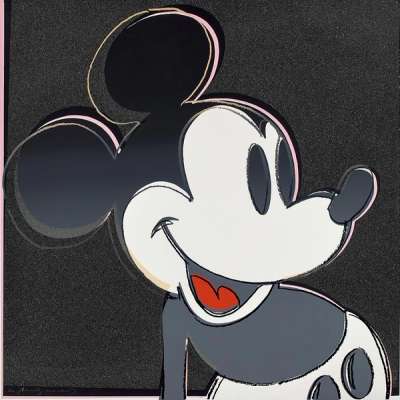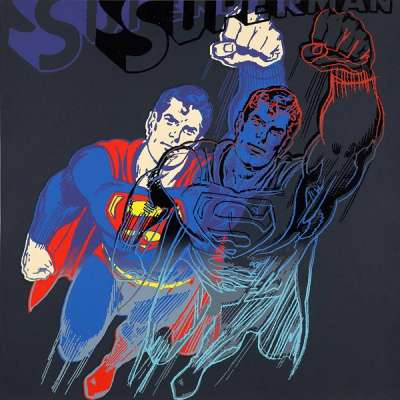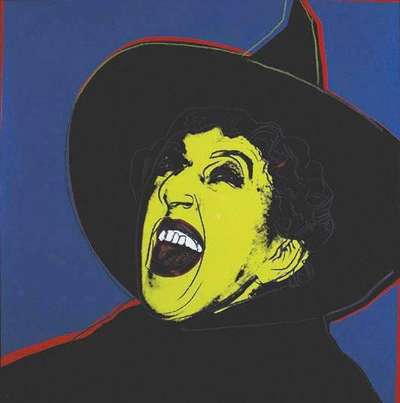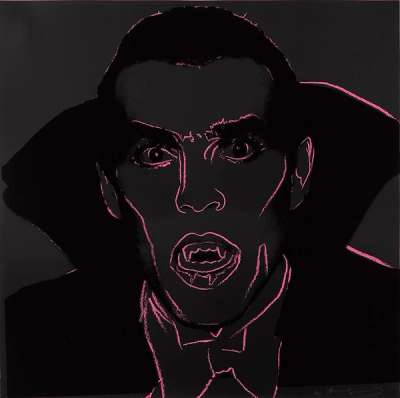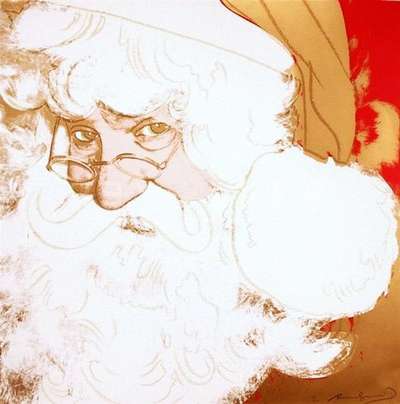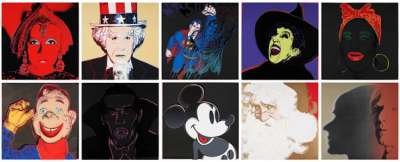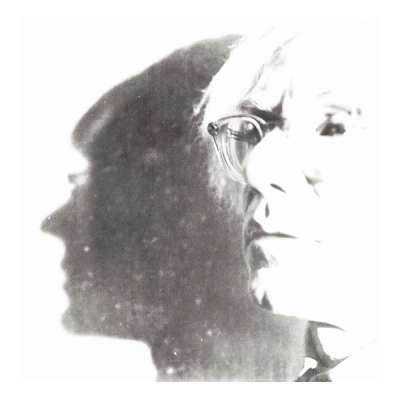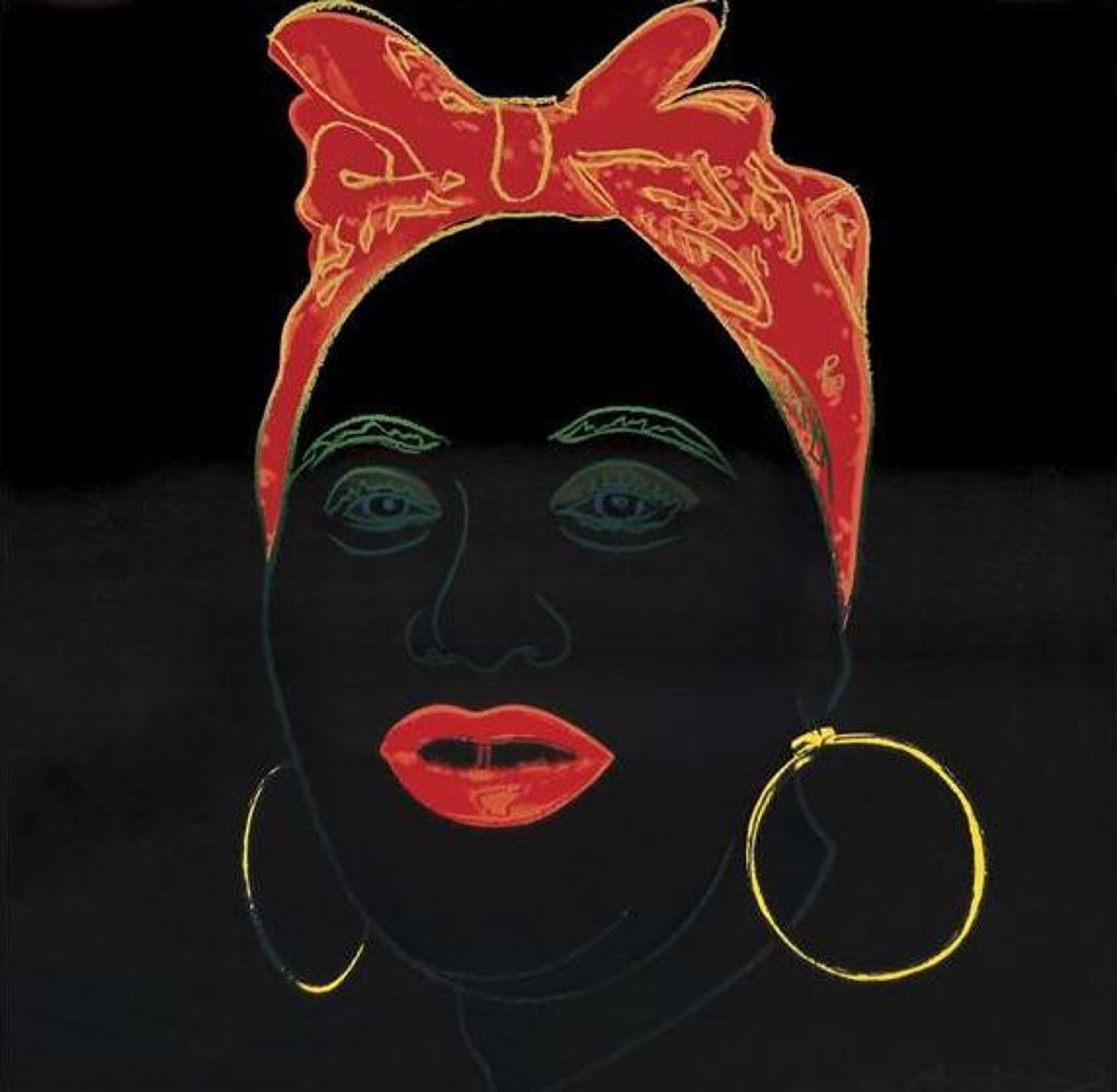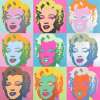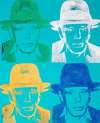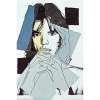Myths
Casting friends as ten fictional American entertainers, Andy Warhol’s Myths (1981) print portfolio toys with his usual fascination with personae. The title suggests the series’ considerations: how are mythical figures generated by consumerist culture, and how could this process be tapped into by Warhol in his art?
Andy Warhol Myths For sale
Myths Value (5 Years)
Works from the Myths series by Andy Warhol have a strong market value presence, with 357 auction appearances. Top performing works have achieved standout auction results, with peak hammer prices of £725970. Over the past 12 months, average values across the series have ranged from £16113 to £261753. The series shows an average annual growth rate of 5.98%.
Myths Market value
Auction Results
| Artwork | Auction Date | Auction House | Return to Seller | Hammer Price | Buyer Paid |
|---|---|---|---|---|---|
 Superman (F. & S. II.260) Andy Warhol Signed Print | 25 Nov 2025 | Rosebery's Fine Art Auctioneers | £144,500 | £170,000 | £220,000 |
 Mickey Mouse (F. & S. II.265) Andy Warhol Signed Print | 13 Nov 2025 | Swann Galleries | £93,500 | £110,000 | £140,000 |
 Howdy Doody (F. & S. II.263) Andy Warhol Signed Print | 24 Oct 2025 | Christie's New York | £22,950 | £27,000 | £35,000 |
 Dracula (F. & S. II.264) Andy Warhol Signed Print | 22 Oct 2025 | Sotheby's New York | £23,800 | £28,000 | £40,000 |
 The Shadow (F. & S. II.267) Andy Warhol Signed Print | 18 Oct 2025 | Mainichi Auction, Osaka | £24,650 | £29,000 | £35,000 |
 The Witch (F. & S. II.261) Andy Warhol Signed Print | 17 Oct 2025 | Clars Auction Gallery | £18,700 | £22,000 | £28,000 |
 Uncle Sam (F. & S. II.259) Andy Warhol Signed Print | 19 Sept 2025 | Phillips London | £15,300 | £18,000 | £26,000 |
 Mammy (F. & S. II.262) Andy Warhol Signed Print | 16 Sept 2025 | Revere Auctions | £13,600 | £16,000 | £20,000 |
Sell Your Art
with Us
with Us
Join Our Network of Collectors. Buy, Sell and Track Demand
Meaning & Analysis
Warhol’s Myths portfolio depicts various American entertainment idols, reflective of his uncanny ability to mine contemporary culture for its icons. Myths, one of Warhol’s most sought-after portfolios, epitomises the artist’s ability to identify and distil American popular culture into powerful images, images that have in turn become iconic. Created in 1981, Myths consists of ten screen prints published by gallerist Ronald Feldman. The pieces contained within the series includeDracula, Howdy Doody, Mammy, Mickey Mouse, Santa Claus, Superman, The Shadow, The Star, The Witch, and Uncle Sam. Warhol once stated, “everybody has their own America, and then they have pieces of a fantasy America that they think is out there but they can’t see… you’ve pieced them together from scenes in movies and music and lines from books. And you live in your dream America that you’ve custom-made from art and schmaltz and emotions just as much as you live in your real one.”
The Myths portfolio is a compendium of American entertainment idols. Many of Warhol’s chosen subjects in the series date back to the early days of TV and film. For example, Howdy Doody was a children’s television show that first aired in 1947, while The Star features Greta Garbo. Figures such as the cackling Wicked Witch of the West from The Wizard of Oz and the costumed flying figure of Superman function as heroes and villains; mythological embodiments of good and evil. There is a refreshing clarity of purpose to this body of work. Depicting fictional figures from television, film and popular folklore, using rich colours and diamond dust, Warhol pays a nostalgic homage to the characters that featured heavily in both his childhood and a shared American cultural consciousness. In many ways, the Myths series can be viewed as a portrait of Warhol’s own personal America.
Interestingly, for the creation of the Myths portfolio, Warhol did not appropriate existing imagery for each piece. For many works in the series, including Dracula and Uncle Sam, the artist called upon actors and friends to recreate these archetypal characters. Warhol then took Polaroid photographs which became the source material for his screen prints. This elaborate process, involving makeup and costumes, resulted in dynamic images imbued with movement and vivid colour. Warhol even included an image of himself as The Shadow, a crime-fighting hero from the 1930s radio show. The artist looks out from the picture plane as a shadowy, enigmatic figure.
The Myths portfolio succinctly exemplifies one of the central concepts underpinning Warhol’s practice: that of elevating everyday mass media imagery to the realm of fine art. This concept represented a decisive break from the traditional artistic approaches that immediately preceded Warhol, notably by the abstract expressionists who upheld the strict distinction between high and low art. Warhol’s celebration of popular culture was vital to the development and trajectory of contemporary art. In the Myths series Warhol documents brands, characters and symbols of American popular culture, creating images that represent commercial enterprise, childhood nostalgia and manufactured dreams.
